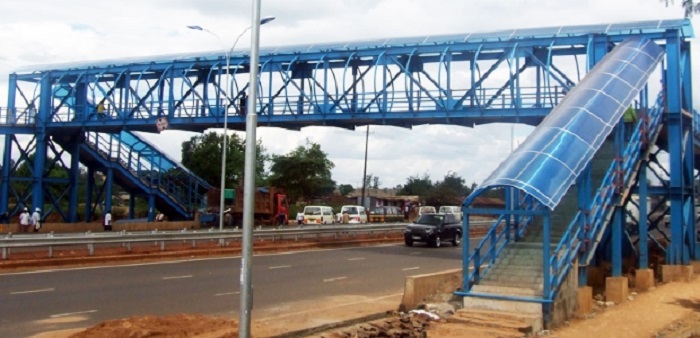Kenya is seeking US $42m from two international lenders to build what could be the world’s most expensive footbridges. Each of the 5 steel bridges will cost an average of about US $8m; which is about four times the price for similar pedestrian crossings put up over Thika Super Highway.
Interways Construction Works, the contractor building two overhead crossings on eight-lane Thika Road is doing the work for $4.3m. This is cheaper than the one footbridge planned over the two-lane Langata Road around T-Mall and four over the six-lane Mombasa Road.
Negotiations for the loan
Negotiations for the US $42m funding are still going on. Details of the loan negotiations for the project and tens of others have already been presented to the National Assembly’s Committee of Delegated Legislation. One of the lenders, ICO is to provide US $26.6m on concessional terms while the balance of US $16m is intended to be a commercial loan from Spanish Bank BBVA.
Also Read:Uganda to launch three new footbridges on Kampala Northern Bypass
Installation of footbridges on the proposed Nairobi-Mombasa highway
The architectural designs of the expressway to be built by the China Road and Bridge Corporation do not have any allowances for footbridges. Among the reasons is that the expressway will be elevated several meters high, supported by 10-meter pillars to sustain the traffic flow on the lower deck. Despite this, the state has put pen to paper on the project although it is clear that the steel footbridges are no longer tenable.
Already, the Kenya National Highways Authority (KeNHA) Director General Eng Peter Mundiani has indicated that the bridges intended for the Mombasa Road stretch may have to be erected elsewhere. “The footbridges will have to be moved elsewhere such as to Thika Road where we feel we need more,” he said.
However, erecting the bridges at a different location other than the intended ones as contained in the financial negotiations is bound to have variations in costs.
